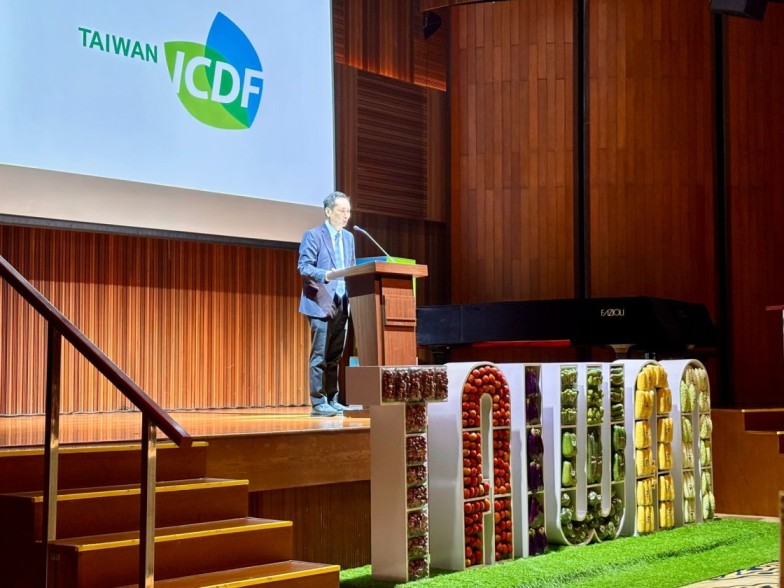Indonesia’s coal price rises to 321.59 USD per ton in August

Another factor that also influenced the increase in benchmark coal price was the surge in coal demands from China, India and South Korea.
Jakarta (Indonesia Window) – Indonesia’s benchmark coal price in August 2022 rose 2.59 U.S. dollars per ton from the previous month, to 321.59 U.S. dollars per ton, with the gas supply to Europe having a big influence in determining the benchmark price growth this month.
“The price of liquefied natural gas in Europe continues to climb following the uncertainty of gas supply. Some European countries have even reactivated their coal-fired power plants to anticipate the electricity crisis,” the Indonesian Ministry of Energy and Mineral Resources’ spokesperson Agung Pribadi said in a statement received here on Wednesday.
Another factor that also influenced the increase in benchmark coal price was the surge in coal demands from China, India and South Korea, Agung continued, saying, “this is because Russia offers a discount on coal prices”.
The increase in August further defines the positive trend in coal prices throughout 2022.
In January 2022, the benchmark coal price was set at 158.50 dollars per ton, then rose to 188.38 dollars per ton in February.
Later in March, the benchmark coal price touched 203.69 dollars per ton, then rose to 288.40 dollars per ton in April.
In May, the benchmark coal price fell at the level of 275.64 dollars per ton, but rose again in June to 323.91 dollars per ton.
“Last month (July) it dropped to 319 dollars per ton. However, in August 2022, the benchmark coal price rose to 321.59 dollars per ton,” Agung noted.
The Indonesian benchmark coal price is obtained from the average index of Indonesia Coal Index (ICI), Newcastle Export Index (NEX), Globalcoal Newcastle Index (GCNC), and Platt’s 5900 in the previous month, with quality equivalent to 6322 kcal/kg GAR calories, Total Moisture 8 percent, total sulfur 0.8 percent, and ash 15 percent.
Agung added that the August benchmark coal price increase was also influenced by the upsurge in the average monthly index of the benchmark coal price compilers, namely NEX rose 3.75 percent, GCNC rose 3.32 percent, ICI fell 3.94 percent, and Platt’s fell 3.58 percent.
There are two derivative factors that influence Indonesia’s benchmark coal price, namely, supply and demand.
The supply factor is influenced by weather, mining techniques, supplier country policies, and supply chain technicalities such as trains, barges, as well as loading terminals.
Meanwhile, the demand factor is influenced by electricity demand drop, which correlates with industrial conditions, import policies, and competition with other energy commodities, such as LNG, nuclear, and hydropower.
In addition, the Indonesia government also set a domestic benchmark coal price specifically for electricity at 70 dollars per ton and for industrial fuel needs at 90 dollars per ton.
“This step maintains the competitiveness of the domestic industries and ensures the affordability of industrial productions for people,” Agung said.
Reporting by Indonesia Window

.jpg)








